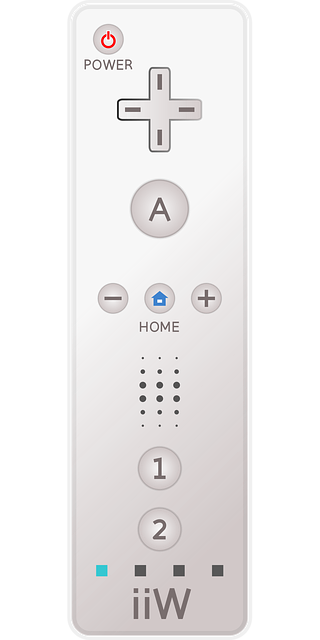Beavers in Denver's urban areas are attracted to buildings with pigeon populations due to water sources and food. Effective wildlife control involves understanding beaver behavior and taking proactive measures, including bird control strategies for pigeons on commercial buildings. By combining visual deterrents, physical barriers, ultrasonic noise devices, regular cleaning, and removing resources, property managers can prevent both pigeon and beaver damage, preserving building integrity in Denver's urban environment.
In the vibrant, bustling city of Denver, wildlife control is a crucial aspect of urban living. One particular challenge lies in managing beaver damage, often caused by these resourceful creatures’ habitat preferences aligning with urban structures. This article navigates the topic of wildlife control, specifically focusing on beaver damage prevention for commercial buildings. By understanding beaver behavior and implementing effective bird control measures against pigeons—a common urban nuisance—we offer long-term strategies to keep beavers at bay, ensuring Denver’s commercial landscape remains intact.
- Understanding Beaver Behavior and Habitat Preferences
- Effective Bird Control Measures for Pigeons on Commercial Structures
- Long-Term Prevention Strategies: Keeping Beavers at Bay
Understanding Beaver Behavior and Habitat Preferences

Beavers are highly adaptable creatures known for their dam-building prowess, which can pose challenges for property owners, especially those with commercial buildings in urban areas like Denver. Understanding beaver behavior and habitat preferences is crucial in implementing effective wildlife control strategies. These semi-aquatic rodents prefer locations near water sources, such as rivers, streams, and ponds, where they can easily access food and build their dams. In urban settings, they often target commercial buildings with nearby water bodies, such as pigeons that frequent rooftops, providing a constant source of food and potential nesting sites.
By studying beaver habits, property managers and wildlife control professionals in Denver can proactively prevent damage. This includes identifying and mitigating potential attractions, such as removing sources of food and water that might encourage beavers to set up residence. Bird control measures for pigeons, for instance, can play a dual role by not only addressing the pigeon issue but also reducing beaver activity, as pigeons are a significant food source for these rodents.
Effective Bird Control Measures for Pigeons on Commercial Structures

Pigeons can cause significant damage to commercial structures in Denver, from their acidic droppings that eat away at building facades and roofs to the potential spread of diseases. Implementing effective bird control measures is crucial for maintaining the integrity of these buildings and ensuring a safe environment. One of the most humane and eco-friendly methods is using visual deterrents such as reflective materials or scarecrows, which can be strategically placed on ledges and rooftops. These visually disrupt pigeons, encouraging them to seek alternative nesting sites.
Additionally, physical barriers like bird nets, spikes, or coils can be installed around vulnerable areas, preventing pigeons from landing or nesting. For larger colonies, noise deterrents such as ultrasonic devices that emit high-frequency sounds unpleasant to birds can be employed. Regular cleaning and maintenance of commercial structures, including the removal of any food sources or water leaks that might attract pigeons, are also essential components of an effective bird control strategy for these urban areas.
Long-Term Prevention Strategies: Keeping Beavers at Bay

Preventing beaver damage requires a strategic approach, especially for long-term solutions. One effective strategy is to implement bird control measures specifically tailored for pigeons on commercial buildings in Denver. By reducing pigeon populations nearby, you minimize competition for resources and potential food sources that could attract beavers. Regular cleaning and maintenance of drainage systems are crucial; beavers often inhabit areas with easy access to water, so keeping these systems clear prevents enticing habitats.
Additionally, installing physical barriers like fences or mesh netting around vulnerable structures can deter beavers from entering. Landscaping modifications such as removing dense vegetation near water sources and creating a buffer zone can make areas less appealing for beaver settling. These combined efforts create an environment that discourages beavers from establishing territories, thereby preventing long-term damage to commercial buildings and their surroundings in Denver.
In conclusion, managing wildlife, particularly beavers and pigeons, requires a multi-faceted approach. By understanding beaver behavior and implementing effective bird control measures like repellents, exclusion techniques, and habitat modification, commercial structures in Denver can minimize damage caused by these species. Long-term prevention strategies such as landscape design and maintenance play a crucial role in keeping beavers at bay while ensuring humane treatment of birds. Integrating these tactics will help preserve both the integrity of buildings and the local ecosystem.
